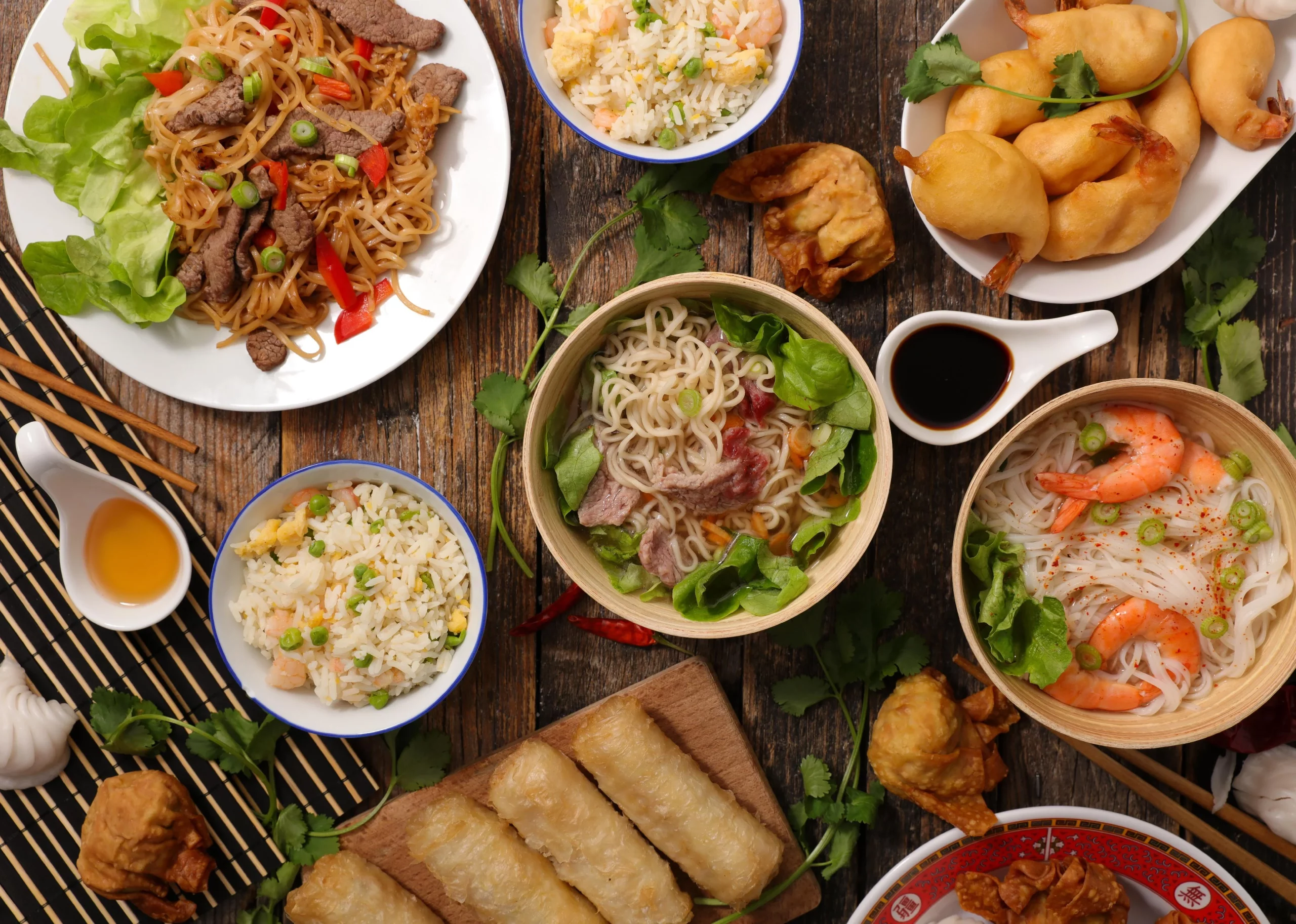New York, known for its iconic skyline, diverse culture, and vibrant food scene, offers a unique twist on Chinese cuisine. In this article, we’ll delve into what “New York-style Chinese food” means, the styles of Chinese cuisine found in New York, and some of the delectable dishes that have made the city famous.
What Does New York Style Chinese Food Mean?
“New York-style Chinese food” is a term that encapsulates the fusion of traditional Chinese culinary techniques and ingredients with a touch of New York’s cosmopolitan influence. It’s a testament to the city’s rich history of immigration, where Chinese communities have flourished and adapted their cuisine to suit the local tastes.
Styles of Chinese Cuisine in New York
New York boasts a wide array of Chinese cuisines, but four styles stand out:
- Cantonese: Known for its delicate flavors, Cantonese cuisine is prevalent in New York. Dim sum, with its assortment of small dishes, is a beloved tradition in many Cantonese restaurants.
- Sichuan: If you crave spicy and bold flavors, Sichuan cuisine is a go-to choice. Dishes like Mapo Tofu and Sichuan Hot Pot are popular in Sichuan restaurants across the city.
- Shanghainese: Known for its use of soy sauce, sugar, and rice wine, Shanghainese cuisine offers a distinct taste. Dishes like Xiaolongbao, or soup dumplings, are highly sought after.
- Hunan: Hunan cuisine features dishes with rich, smoky, and spicy flavors. The use of chili peppers and garlic sets it apart from other Chinese cuisines.
Is New York Known for Chinese Food?
Yes, New York is undoubtedly known for its thriving Chinese food scene. The city’s Chinese restaurants cater to a wide range of tastes, making it a hub for both traditional and innovative Chinese dishes. New York’s Chinatown, situated in Manhattan, is one of the largest and most renowned in the world.
Food New York Is Famous For
New York is famous for a multitude of dishes, but when it comes to Chinese cuisine, several stand out:
- General Tso’s Chicken: A staple in many Chinese-American restaurants, this dish features crispy chicken in a sweet and tangy sauce.
- Egg Rolls: These crispy, savory rolls are a popular appetizer, often served with a side of dipping sauce.
- New York-Style Noodles: Characterized by their wider, chewier texture, these noodles are often stir-fried with a medley of vegetables and proteins.
New York Specialty Food
While Chinese cuisine is a highlight in the city, New York is also renowned for its bagels, pizza, and hot dogs. Each of these has a unique flavor that reflects the city’s diverse culinary offerings.
Common Dishes in New York
In addition to the famous dishes mentioned earlier, several other Chinese dishes are commonly enjoyed in New York:
- Beef and Broccoli: A classic stir-fry, this dish combines tender beef with fresh broccoli in a savory brown sauce.
- Shrimp with Lobster Sauce: Featuring shrimp in a rich egg-based sauce, this dish is a favorite in many Chinese-American restaurants.
- Chicken and Broccoli: This dish offers a lighter alternative to General Tso’s Chicken, with chicken and broccoli in a garlic sauce.
Why Is New York Famous?
New York’s fame extends beyond its culinary scene. It’s known for its cultural diversity, iconic landmarks like the Statue of Liberty and Times Square, and being a global hub for finance, fashion, and entertainment.
The Official Dish of New York
New York City does not have an official dish, but if it did, it might very well be a slice of New York-style pizza. The city is celebrated for its thin-crust pizza, topped with a variety of ingredients to satisfy all tastes.
For more information on diverse culinary experiences and food-related topics, visit Food Relative. They offer insights into various cuisines and exciting food adventures.
In conclusion, New York-style Chinese food represents a fusion of flavors and cultures, offering a unique dining experience. Whether you’re savoring the spicy dishes of Sichuan or enjoying the sweet and sour delights of Cantonese cuisine, New York’s Chinese food scene has something for everyone. This rich culinary tapestry reflects the city’s status as a melting pot of cultures and flavors.
